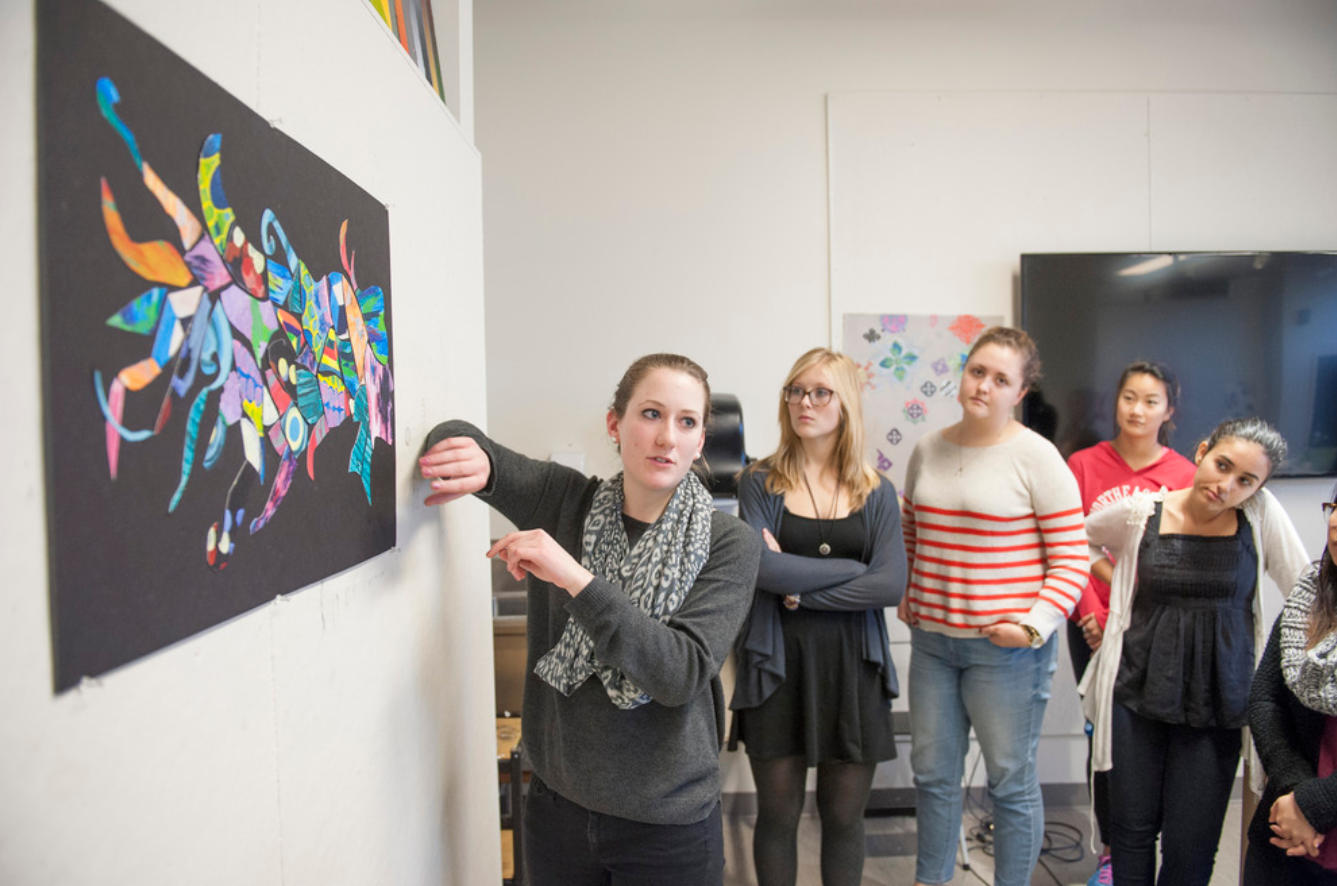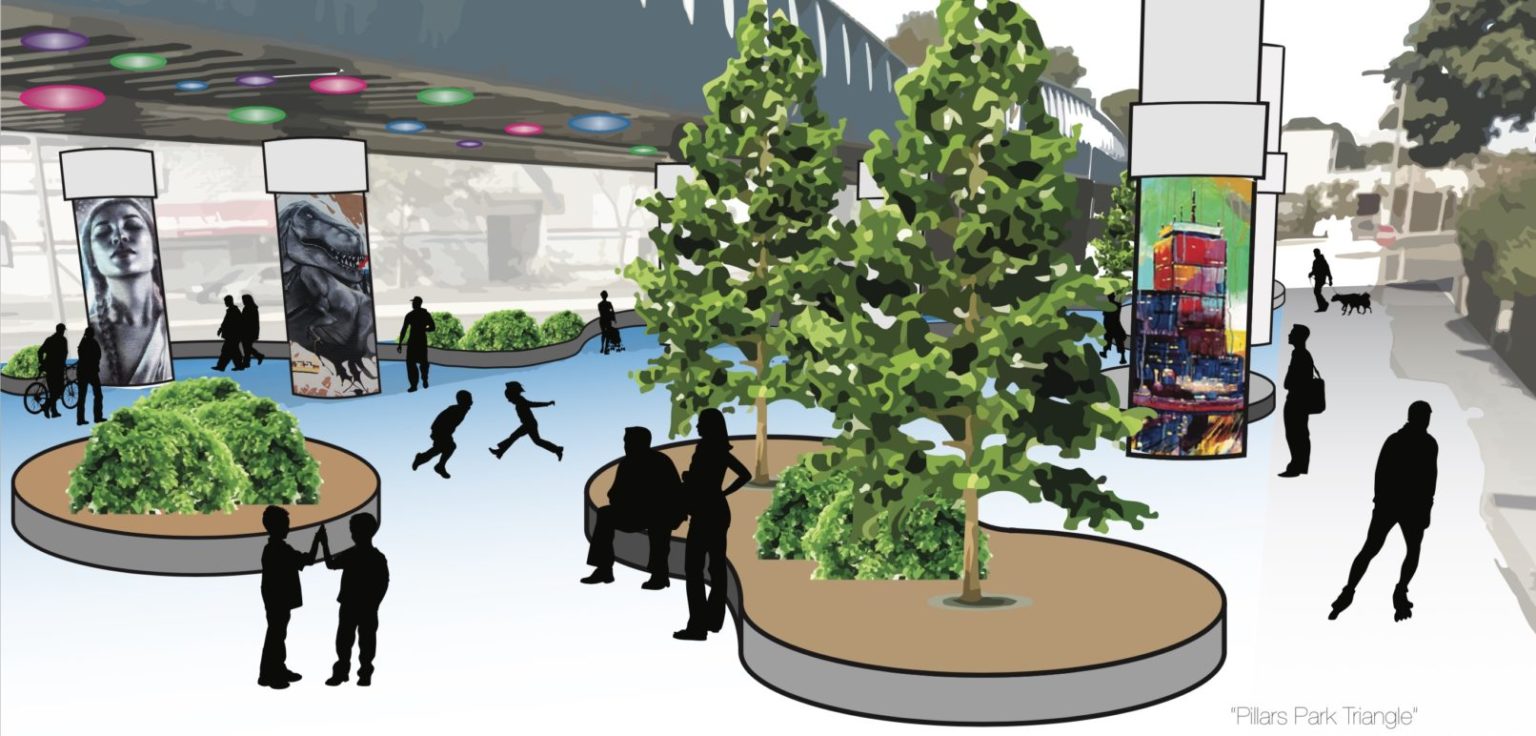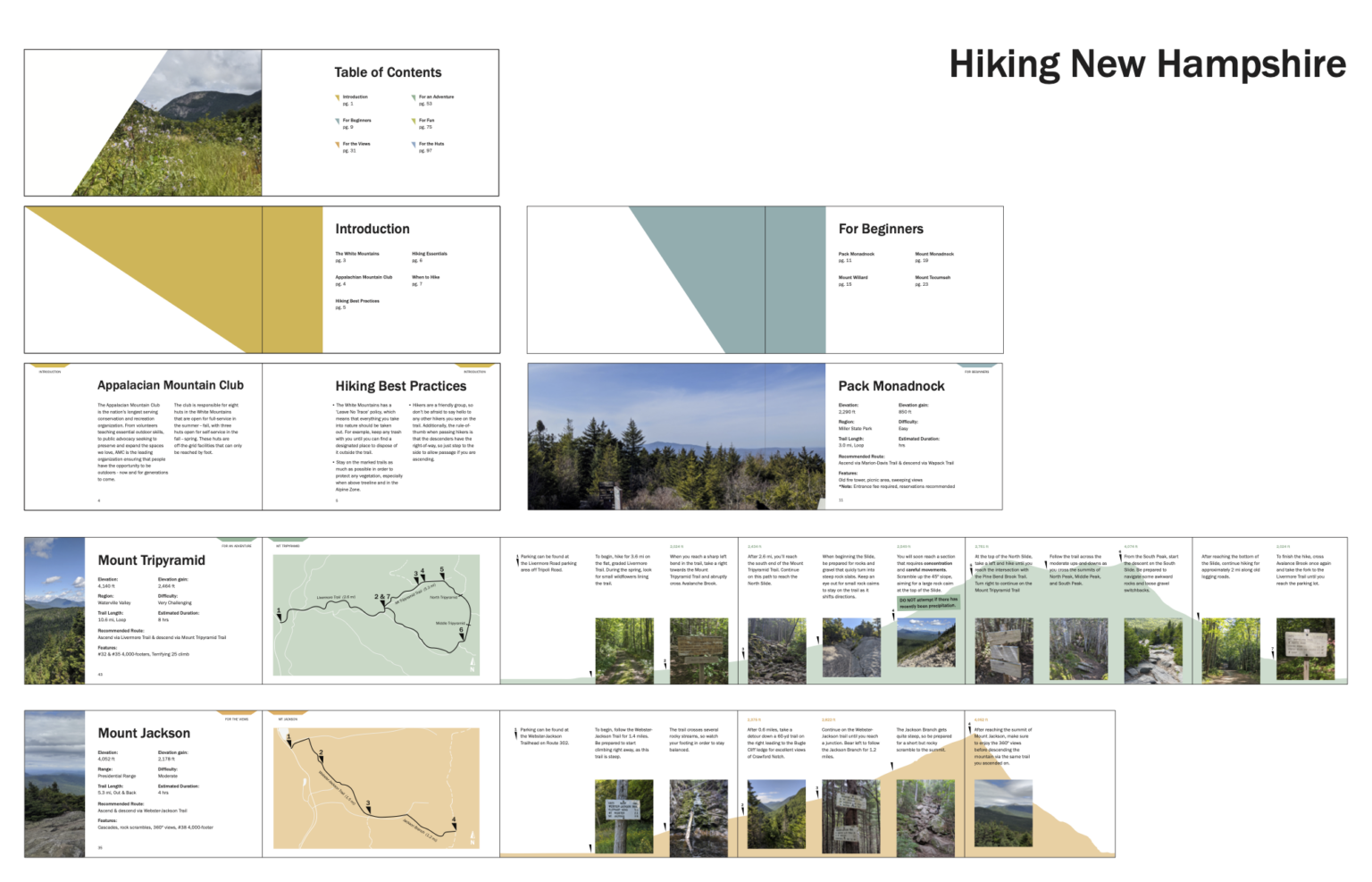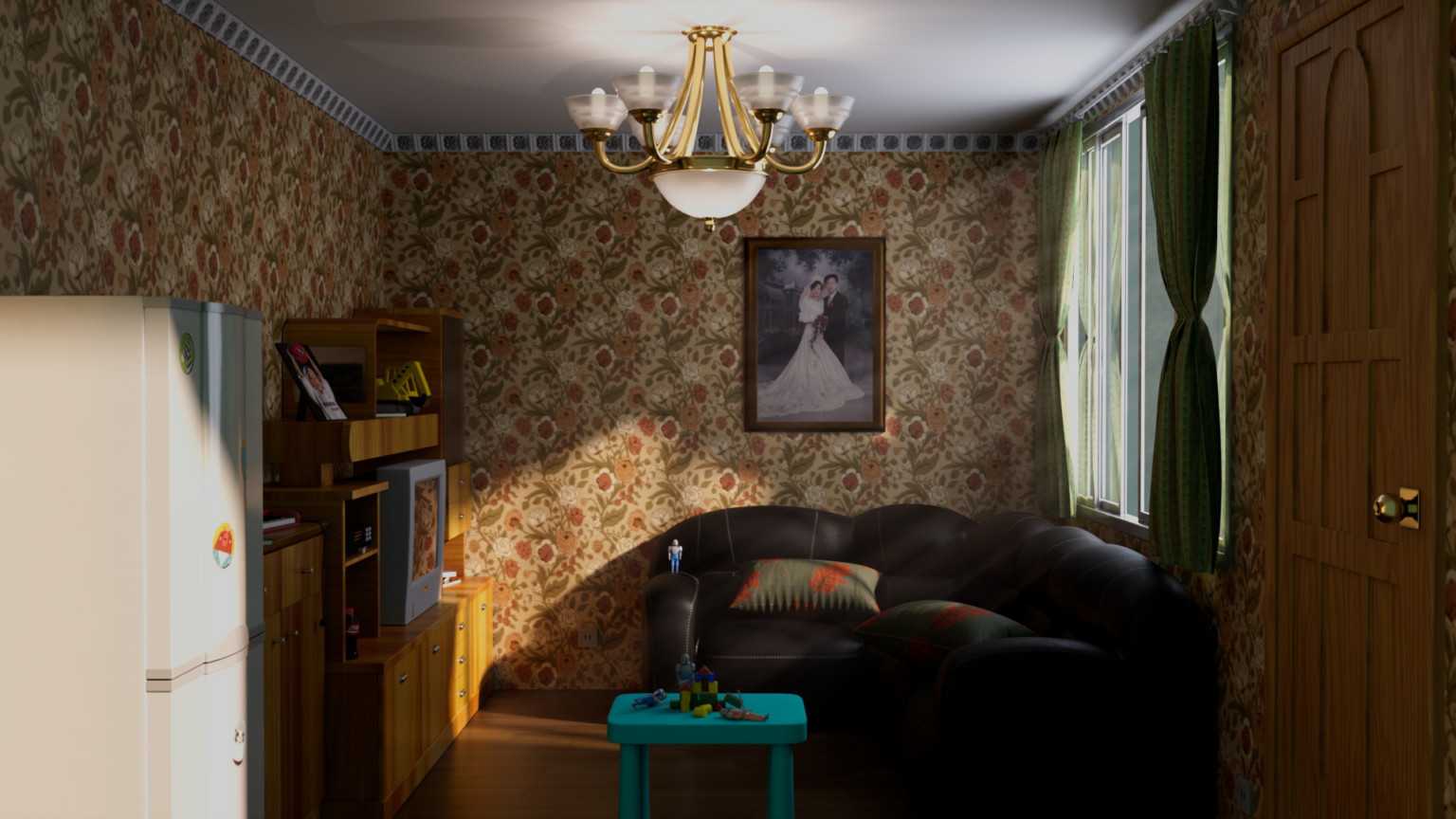Career Opportunities
- Application Support Developer
- Back End Engineer
- Creative Developer
- Designer
- Director of Development
- Experience Designer
- Frontend Developer
- Frontend Engineer
- Fullstack Software Engineer
- Graphic Designer
- Interaction Designer
- Interface Designer
- Product Designer
- Software Designer
- Software Engineer
- Software Engineer
- UI/UX Designer
- User Interface Engineer
- Web Developer & Designer
Multidisciplinary Skills
CAD and SolidWorks 3D software
collaboration
creative problem-solving
critical thinking
data analysis
design research
design software
energy transfer analysis
graphic representation
fabrication
facilitation
human factors
information design
interviews
kinematic analysis
leadership
listening
machine design
materials research
material performance analysis
modeling
observation
personas
programming
project management
problem framing
risk management
rapid prototyping
sketching
structural assessment
technical skills
typography
experience mapping
user stories
user testing
verbal and written communication
visual synthesis
visualization
Share
Mechanical engineering involves the design, development, and manufacture of machinery and devices to transmit power or to convert energy from thermal to mechanical form in order to power the modern world. Its current practice has been heavily influenced by recent advances in computer hardware and software. Engineers also play a primary role in the development of new technologies in a variety of fields—energy conversion, solar energy utilization, environmental control, prosthetics, transportation, manufacturing, and new-materials development. Design is the discipline that shapes human experiences in specific situations to improve quality. Posing important questions about—and providing significant answers to—how we live, designers are needed when we don’t know what is needed as well as when we think we do.
Learning Outcomes
Mechanical Engineering program educational objectives
- Graduates will contribute to the advancement of the Mechanical Engineering field and provide leadership and innovation to the benefit of their employers, the professional community, and society.
- Graduates will engage in activities that promote professional development and personal growth.
Mechanical Engineering student outcomes
At the conclusion of the program in mechanical engineering, students will have demonstrated, through class and project work, that they have acquired:
- An ability to identify, formulate, and solve complex engineering problems by applying principles of engineering, science, and mathematics.
- An ability to apply engineering design to produce solutions that meet specified needs with consideration of public health, safety, and welfare, as well as global, cultural, social, environmental, and economic factors.
- An ability to communicate effectively with a range of audiences.
- An ability to recognize ethical and professional responsibilities in engineering situations and make informed judgments, which must consider the impact of engineering solutions in global, economic, environmental, and societal contexts.
- An ability to function effectively on a team whose members together provide leadership, create a collaborative and inclusive environment, establish goals, plan tasks, and meet objectives.
- An ability to develop and conduct appropriate experimentation, analyze and interpret data, and use engineering judgment to draw conclusions.
- An ability to acquire and apply new knowledge as needed, using appropriate learning strategies.
Design learning outcomes
- Apply iterative design processes to create, revise, evaluate, and develop effective prototypes and innovative solutions.
- Engage human-centered design research methods and systems thinking to identify and understand values, goals, motivations of intended audiences as a mode of inquiry, question framing and guide to action.
- Develop a high level of craft and technical skills in a relevant range of media and tools and effectively weigh applicability for intended audiences and outcomes.
- Develop and realize intent, concept and content with awareness of context and consequence.
- Implement visual patterns incorporating text, image, diagram including temporal and spatial representations to recognize, categorize, and articulate significant form and meaning
- Employ and embody ethical practices, team and cross-disciplinary collaboration, and effective communication and presentation skills.
- Apply relevant communication theories and principles and appreciate the pervasive and long-term impact of design decisions on people and societies.
Co-Op Opportunities
- design and media sectors
- news and publishing sectors
- arts sectors
- food and beverage sectors
- fashion and travel sectors
- government and civic sectors
- health care and pharmaceutical sectors
- educational sector
- financial and business sector






